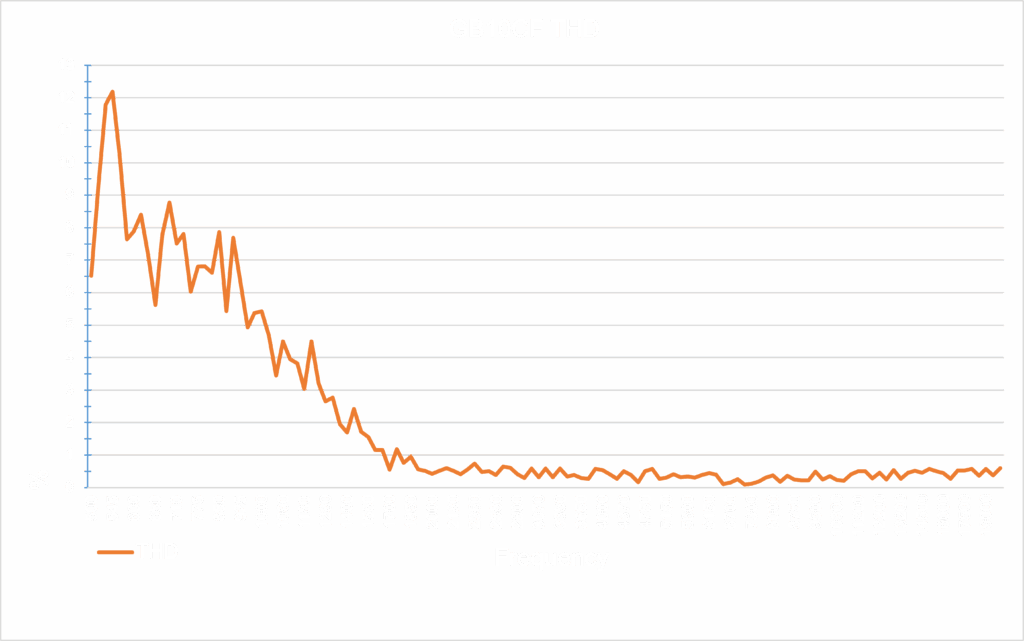Audiofrog’s new GB10CF tweeter includes everything great about the original GB10—neodymium magnet, shorting ring, anti-reflection pad under the dome, chrome plated cast nickel housing and all the installation accessories needed to flush or custom mount the tweeter. The GB10CF features a thin film carbon fiber dome and an acoustic lens. What’s the big deal? Nearly ruler flat frequency response from 2kHz to 20kHz and distortion below 0.6% over the useable range provide unmatched detail and clarity. Best of all, GB10CF can be crossed at 2kHz with a 24dB/octave Linkwitz Riley filter, which makes it a stellar performer even in a 2-way system with a GB60.

